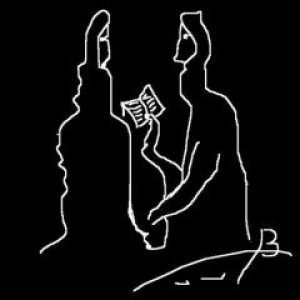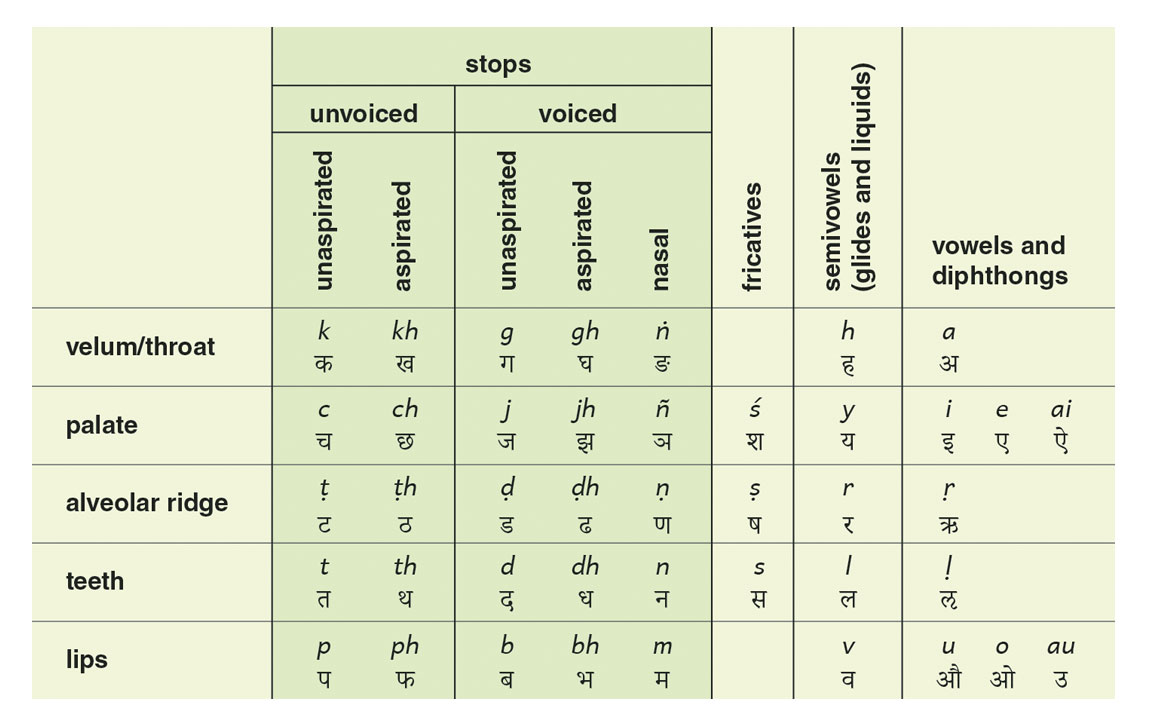This is a more of research paper for a blog post. I literally had to reside below a bodhi tree for a month to gain this knowledge. You better read it and like it. 🙂
If you recall a post I had Previously written, I had adequately addressed a few of my north Indian friends’ quintessential questions. It was “Why does Karnataka has a flag of its own, while other states don’t“. This is the second one in that series “Why do South-Indians add a letter h to ‘t‘ sound, such as Jayalalitha as against a proper Jayalalita“. Okay, let us get to it.
South-Indians consider four ‘t’ sounds a set of mutually exclusive and distinctive representations in their native languages. For this very reason, when written in a foreign script, such as English, they will get four different spellings.
- t for voiceless retroflex,
- tt for voiced retroflex,
- th for voiceless dental,
- and finally, tth or tthh for voiced dental.
North Indians, however, chose to manage it with two even though Devanagari still has the same combinations.
- t for both voiceless retroflex and dental
- th for both voiced retroflex and dental.
For example, the English spelling of an Atal and Atul for a north Indian will change to Atal and Athul for a south Indian.
Now, who is correct? The answer is neither, nor maybe both.
Please be aware that this cannot be a spelling bee. Indian native languages are exceptionally and perfectly capable of representing all their native sounds in their preferred scripts. The trouble comes only when one needs to write them in a foreign language such as English. In English, however, we simply do not have a one-to-one mapping for all the sounds of Indian origin. Why should they? Understandably this is by design.
If it is of any consolation, the vice versa is true as well. For instance, we can never write the word ‘acid’ in any Indian languages, convincingly. It can be either ‘A-sid’ or ‘aasid’, and that is the best you can get. Hence the verdict is, the argument itself is wrong. Unless we are talking about Unicode or international phonetic symbols as foreign languages of consideration, both representations should and are correct. Stop arguing now.
Now that we have settled that debate let me pose a counter-question on a related topic. Why do all North Indians write few words such as Saree, Rathore and Kachra with two different representations or even pronounce differently? You must be familiar with Saadi, Rathod and Kachda.
Most of the time, it is pronounced as a Sadi and written Saree? This is very annoying for a non-native.
Disclosure. I am not a native Hindi speaker; I did not even have proper formal education on Hindi. I studied Hindi as my fourth language, but my Hindi teacher was in a great hurry and skipped a topic or few, such as alphabet! Obviously, she could not answer may of such questions we had. Why such a level of imperfections
- Why does Hindi omit (or swallow) the final vowel, e.g., Kannad for Kannada?
- Why does turtle have strange spelling ending with a vowel KachuAA instead of Kachuva?
- Why does translation for Yesterday and Tomorrow has the same word leaving it to its verb to decide the fate?
- And the most crucial question is, why on earth Hindi does not end a word with a consonant and must be a vowel? I mean, Hindi’s mother Sanskrit does the proper ending of each word. E.g., In Hindi Jal and Jala written the same. At the same time, Sanskrit differentiates even with the same script of Devanagari.
What surprised me the most is my friends with proper education on Hindi could not explain this deviation of Hindi from her mother, (Samskrutam) Sanskrit.
In my quest for knowledge, I had asked many many of my friends on these discrepancies. I quizzed them precisely on the r spelling for d sound. Most of them dint have a clue but a few attempted explaining it to me. Apparently, the language Hindi has a sound/letter that falls somewhere between an ‘r‘ and a ‘d‘. Unfortunately, this consonant does not sit in a scientifically classified and tabulated alphabet of Indian languages. So, it has to be foreign.
It’s called Nuqta. Let me quote Manisha Kulshreshtha, and Ramkumar Mathur on what they wrote in Dialect Accent Features for Establishing Speaker Identity. “A few sounds, borrowed from the other languages like Persian and Arabic, are written with a dot (Bindu or nuktā). Many people who speak Hindi as a second language, especially those who come from rural backgrounds and do not speak conventional Hindi (also called Khariboli), or speak in one of its dialects, pronounce these sounds as their nearest equivalents.“
Ultimately, it’s a matter of a dot (period). You can bring this confusing sound by merely putting a period, below or on the side, wherever you find some space. It should be done for one and the only purpose – to represent a foreign sound, especially with loan words. By definition, anything and everything can be covered here, including click sound of African languages. Nuqta was introduced in Devanagari to accommodate pronunciation India’s invaders bought in.
This is brilliant stuff; I have full clarity now. Absolutely useless! But still brilliant!
This raises more questions than answers. Why on earth would you consider sadi/saree is a foreign loaned word? Have you seen anyone in central Asia or the middle east wearing it? The Saree, its style, its etymology – they all have origins in India. It existed even before Hindi was even born, let’s not even talk about loans.

The answer is very straightforward. This is the side effect of a hangover by Turkik and Persian speaking empires ruling us. We could not even decide if a piece of clothing we wore for a millennium, was foreign or Indian. Finally, we settled, and we decided its foreign. Well done there.
Let me know your thoughts, do write your opinion on the comments section.


I too had this confusion that, why do south Indians add extra ‘h’ in their names. Thanks for clearing it. In Marwaris also I have noticed this kind of thing, they use ‘sa’ instead of ‘sha’. For eg: They say ‘saadi’ instead of ‘shadi’.
LikeLiked by 3 people
Bengalis have liking towards b and o while pronouncing. Telugu natives interchangeably use s and sh. And various such changes. Point is no one is wrong 🙂
LikeLiked by 2 people
Yes, no one is wrong.
LikeLiked by 2 people
Etymology is never black and white. It’s always a wonder how language evolves. The number of questions you have put show your interest in languages and etymology. I liked reading your article. I may have answered some of questions but considering their being half baked and not satisfying all of the queries: I leave it at that. Wonder.
LikeLiked by 1 person
Yes it’s my passion. I know 6 languages , few more partially 🙂
LikeLike
Glad to hear that 😄
LikeLiked by 1 person
Very nice
LikeLike